The American bison, the national mammal of the United States, inspires awe with its sturdy profile, recovery story, and historical significance. Unfortunately, they often end up in the news because people don’t behave safely around them, but when you’re enjoying them from a reasonable distance, here are some fun facts to ponder.
Centuries ago, American bison were widespread across most of North America, with an estimated population of 30 million when Christopher Columbus first arrived on the continent. However, just 400 years later, that number had dwindled to the hundreds as a result of large scale hunting, westward expansion, and a campaign that aimed to control American Indian Tribes that relied on bison.
In the late 1800s, individuals, American Indian Tribes, states, and the Interior Department began to work together to save the species. Now, there are an estimated 350,000 bison on private lands, 20,000 managed by Tribes, and more than 30,000 in NGO and public herds. They are slowly spreading across more of the areas they used to inhabit, but they have a long way to go. Currently, they’re only present on 1% of their historic range.
Bison are an integral part of the culture of many American Indian Tribes, providing food, clothing, tools, and spiritual significance. To ensure that restoration efforts also benefit Tribal herds, the Inter Tribal Buffalo Council was established in 1992. It represents 76 Tribes and focuses on education and training programs on reintroduction. The council says that restoring healthy bison populations on Tribal lands helps restore hope and heal the spirit of Native people. The group has played a big role in transferring animals to Tribes, including in this recent gift by the city of Denver to Tribal herds in Colorado and Oklahoma.
As these herds have expanded in number to a total of 20,000 animals, research has found that they’ve helped restore the ecosystem in the Northern Great Plains, mitigate climate change impacts to traditional agriculture, and address food insecurity and food sovereignty among Native Nations.
When people think of Yellowstone, bison are apt to come to mind. It might be due to the latest news of people ignoring the 25-yard distance rule and getting hurt in the process, but visitors relish seeing these iconic animals, even if they find themselves in a bison traffic jam.
It is fitting that Yellowstone is so linked with bison because it’s the only place in the United States where bison have lived continuously since prehistoric times. The National Park Service says there are fossils, histories from American Indian Tribes, and accounts from early travelers in the region that confirm this. However, the herds in this area could historically be found over a 7,720 square mile stretch of land, and now they’re primarily limited to the confines of the park and small areas of Montana.
When the U.S Army held a bison-elimination campaign in the late 19th century to control American Indian Tribes, Yellowstone was the only place where wild, free-ranging herds were found in the whole contiguous U.S. by the 20th century. The NPS says the Army – which administered Yellowstone in those days – actually worked to protect the few animals within the park from poaching, but they were still down to a mere two dozen by 1902. Now, the population has rebounded exponentially, with their numbers ranging from 2,300 to 5,500.
When you see a large, lumbering animal of a bison’s stature out and about, you may assume they’re not all that fast. It wouldn’t be a smart idea to challenge them to a footrace, though. According to the NPS, they can reach top speeds of 40 miles per hour. As if that’s not enough, they can also jump as high as six feet. They could steal all our track and field jobs if they wanted. Just need to teach them the discus.
If you’re wondering if a particular bison may be ready to unleash its hidden speed in your direction, keep an eye on its tail. If it’s hanging down and moving back and forth in a natural way, it’s probably calm. If the tail is standing straight up, though, you’d better hope you’re following the 25-yard rule because it may be ready to charge.
So if a bison does run in your direction, about how much weight is headed straight for you? Not to alarm you, but quite a bit. Bulls can weigh up to 2,000 pounds and stand as high as six feet tall, making them the largest mammal in North America. Cows are still pretty sizable, too, tipping the scales at up to 1,200 pounds and standing at four to five feet tall. They can even make your car look puny, like this couple in the middle of a Yellowstone bison jam experienced.
You think that’s big, though? Their ancestors wouldn’t be that impressed. Bison originally came to North America via the land bridge that once connected Asia and North America. According to the Department of the Interior, one of these ancestral bison species, Bison latifrons, had horns that measured up to nine feet from tip to tip. Meanwhile, the NPS notes that the ancient bison, Bison antiquus, was about 7.5 feet tall and 15 feet long, weighing up to 3,500 pounds.
When it starts getting chilly, do you crank the heater up a little bit? Bison may just roll their eyes at you. That’s because a bison’s body is tailor-made to survive harsh winters. As it gets cold, they develop thick, woolly coats that insulate them from the temperatures and strong winds. That’s not all, though. Their skin also thickens and they develop fatty deposits for extra protection. This enables them to take their tough approach to severe storms: Hunkering down and facing them head on until they pass.
Their bodies also help them with nutritional needs in the winter. Bison are able to slow their metabolism to conserve energy during excessively cold periods. They can also generate internal body heat during digestion, which is helped along by the fact that their food is retained in their gut longer in the winter. When they do eat, though, their massive heads and strong neck and shoulder muscles can be used to plow for food under as much as four feet of snow.
For an animal weighing upwards of a ton, you’d think food would be a top priority and a favorite pastime. There’s another pastime that takes precedence over it for bison, though: Mating. During the rut, which lasts from late June through September, male bison can lose around 200 pounds. This is because eating takes a back seat to choosing females with whom to mate, protecting them, fighting off other bulls, and, of course, the actual procreating.
The whole forgetting to eat thing pays off, though, when baby bison – known as red dogs for their orange-red color – are born in the spring. Within just a few days, these little guys are ready to keep up with the herd.
This article by Michelle Milliken was first published by The Animal Rescue Site.
What you can do
Support ‘Fighting for Wildlife’ by donating as little as $1 – It only takes a minute. Thank you.
Fighting for Wildlife supports approved wildlife conservation organizations, which spend at least 80 percent of the money they raise on actual fieldwork, rather than administration and fundraising. When making a donation you can designate for which type of initiative it should be used – wildlife, oceans, forests or climate.
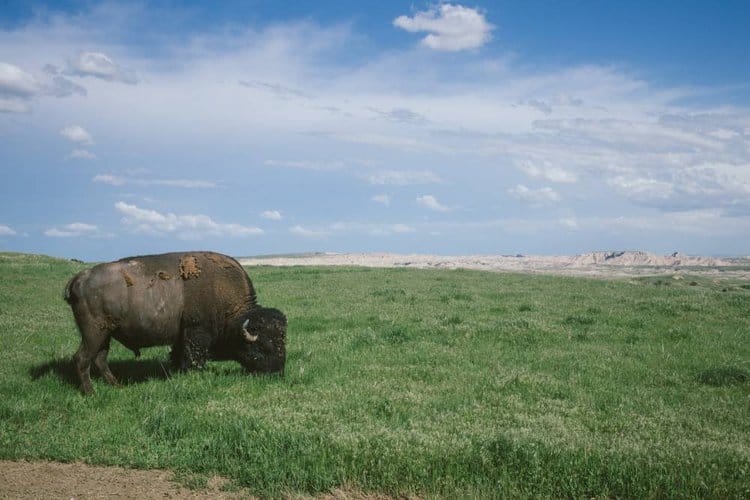
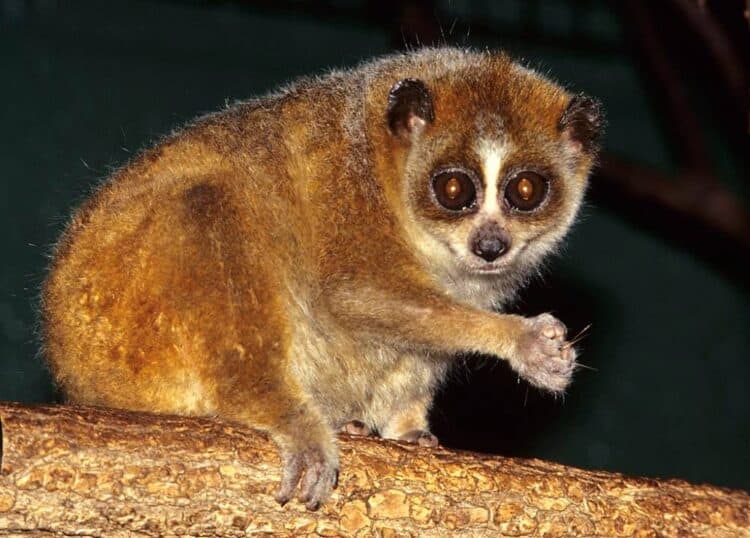
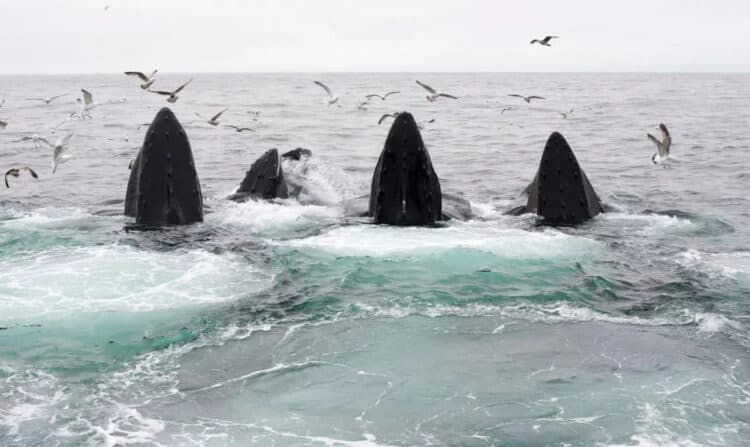

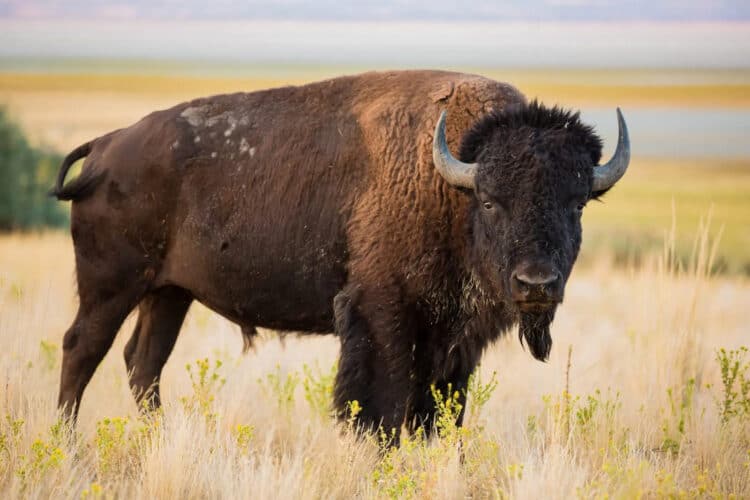
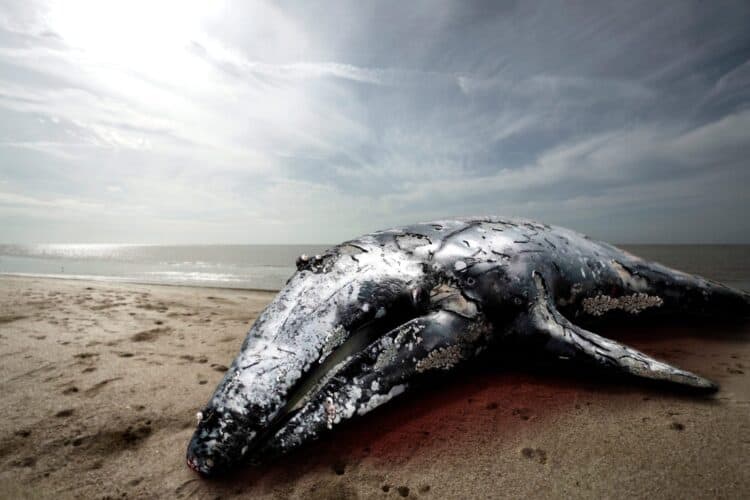
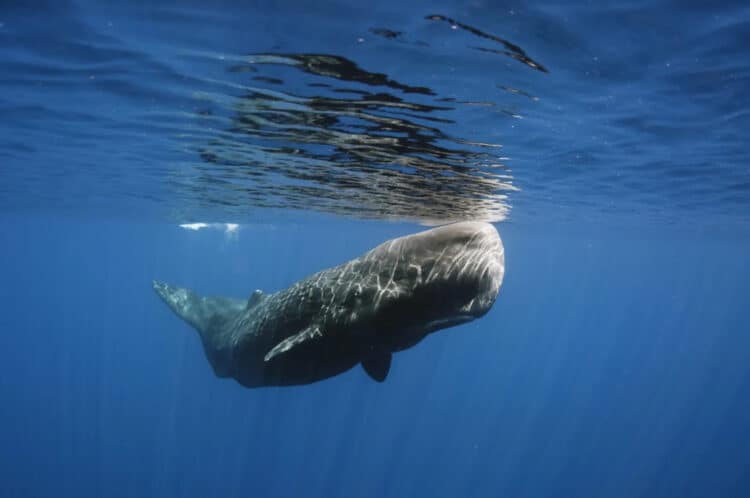
Leave a Reply